Text
transition magazine issue with Marcel Duchamp cover art
transition was published from Paris from 1927 to 1938. This cover art from Issue 26, 1937 is a silvery image of a Marcel Duchamp readymade, beautifully printed with tiny printing on the edge of the comb: "3 OU 4 GOUTTES DE HAUTEUR N'ONT RIEN A FAIRE AVEC LA SAUVAGERIE." The issues in our UW Madison Little Magazine collection were bound (as was the custom then; no longer) but the covers were kept intact. The binder’s label (The Logan Bindery, St. Paul, MN) appears in the gutter of this volume. The table of contents reveals a number of recognizable names. Chapters of James Joyce’s Finnegan’s Wake were published in transition. So to speak.
“In the order of their appearance, the magazine's covers included art by Pablo Picasso, Stuart Davis, Man Ray, Gretchen Powel, Kurt Schwitters, Eli Lotar, Jean Arp, Sophie Taeuber-Arp, Paul Klee, Fernand Léger, Joan Miró, Marcel Duchamp, and Wassily Kandinsky.” (from Wikipedia)
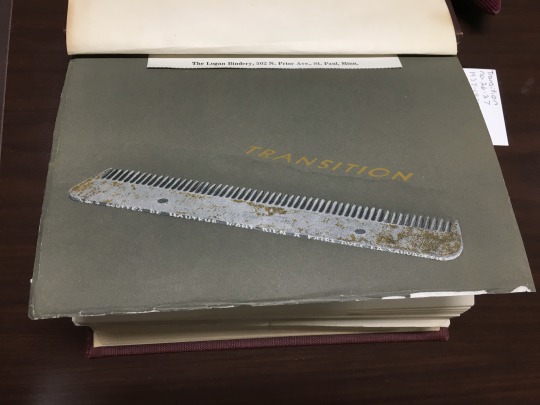

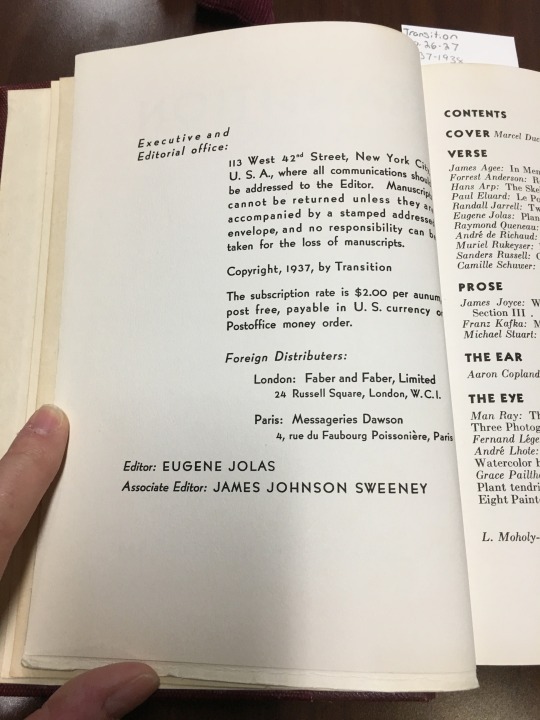
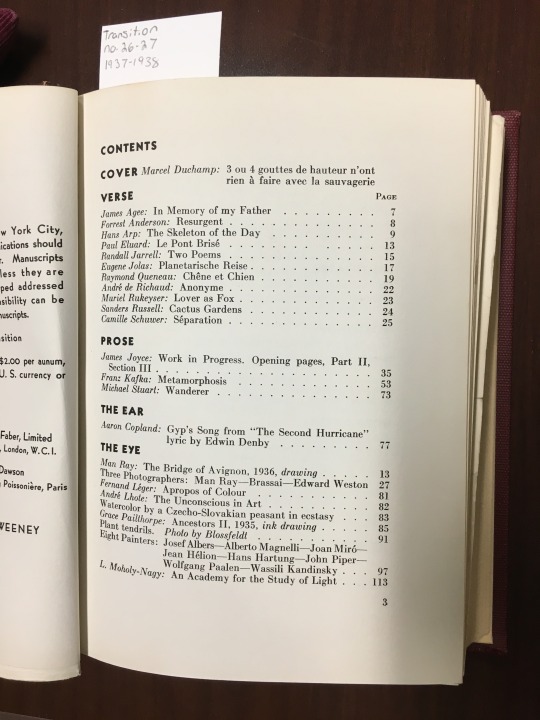
5 notes
·
View notes
Text
Ulysses' Beginnings



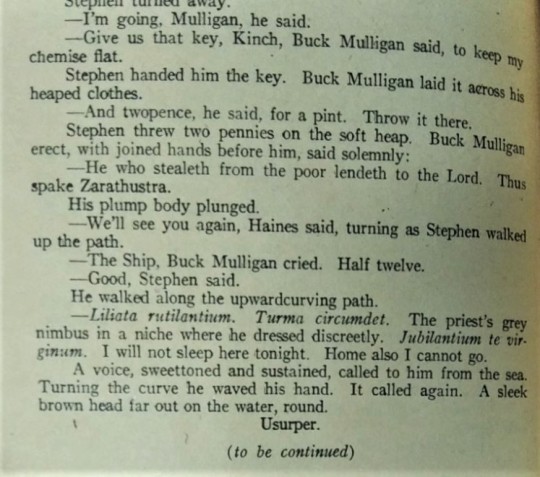
In honor of Bloomsday, take a look at the first appearance of Ulysses in the March 1918 issue of the Little Review. The obscenity charges lodged against James Joyce's groundbreaking work led the United States Post office to seize and burn several copies of the Little Review, foreshadowing the later legal battle over the complete novel.
Learn more about UW-Madison's Little Magazine Collection here.
#ulysses#james joyce#bloomsday#censorship#ireland#irish literature#little review#little magazines#literary magazine#uwlittlemags
30 notes
·
View notes
Text



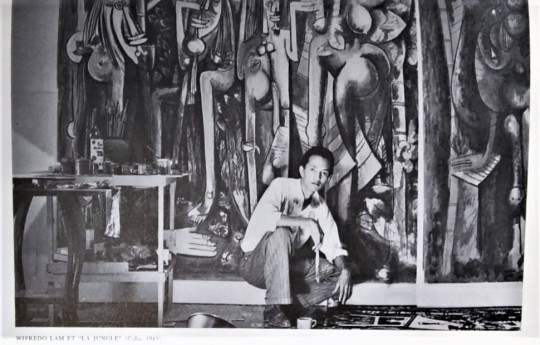

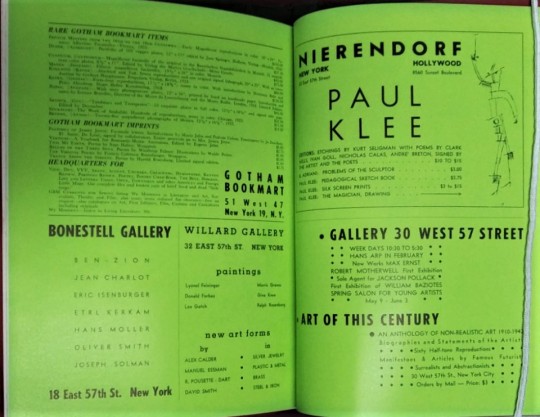
Pages from the fourth issue of VVV, a New York-based surrealist magazine.
More information on UW-Madison's Little Magazine Collection here.
#vvv#surrealism#surrealist art#art#writing#poetry#literary magazine#little magazine#uwlittlemags#uw madison#libraries#special collections
27 notes
·
View notes
Text
The Tasmanian Review
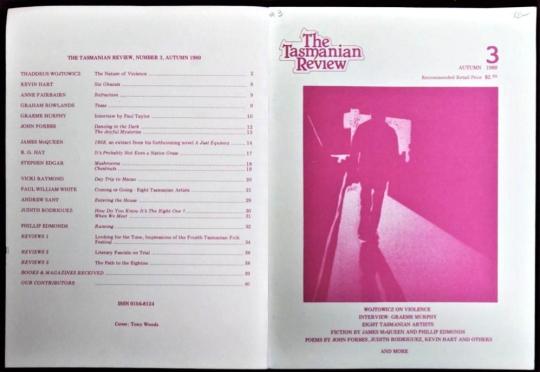




A look through the third issue of The Tasmanian Review.
#tasmania#tasmanian review#tasmanian writing#writing#poetry#art#photography#literary magazine#little magazine#uwlittlemags#uw madison#libraries#special collections
4 notes
·
View notes
Text
Tree: Kabbalah and Poetry



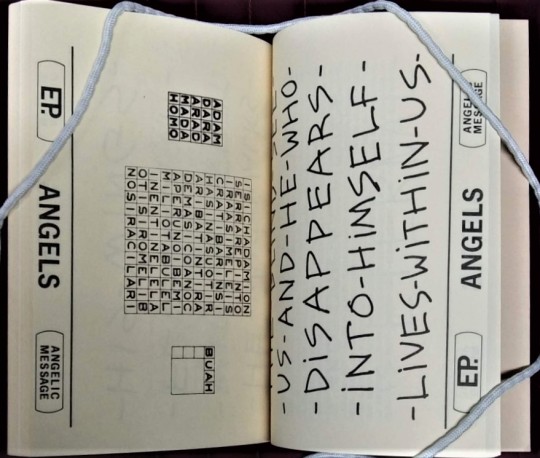
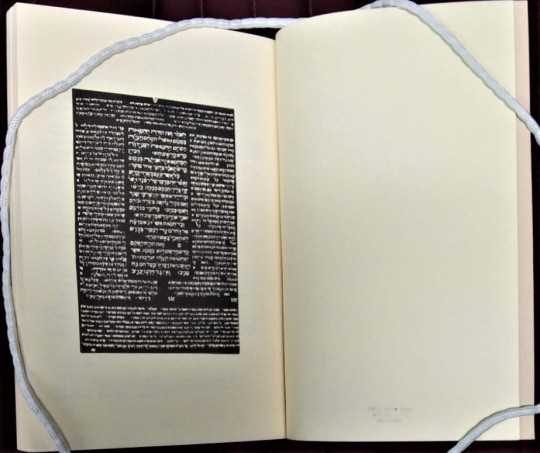
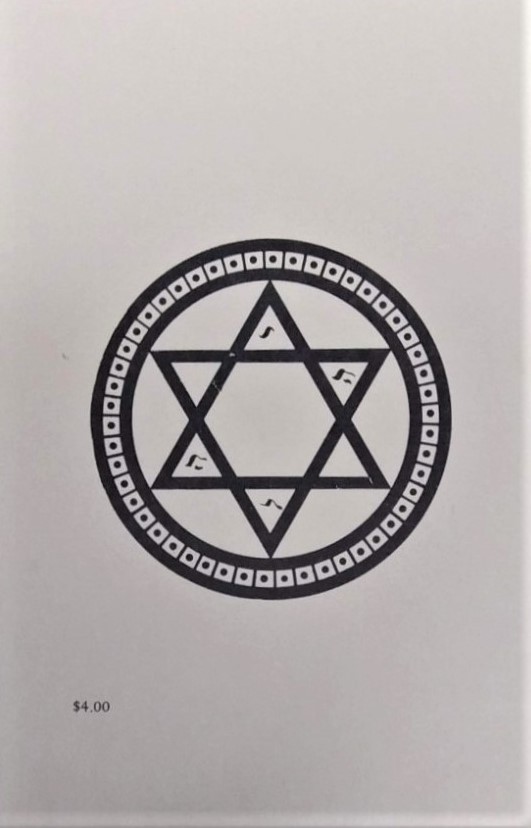
A look through the Winter 1974 issue of Tree, a little magazine rooted in the spiritual tradition of Kabbalah. Editor David Meltzer wrote of Tree: “I was trying to put in dialogue the classical kabbalistic texts w/ modernist & postmodernist poets, writers, artists, as a demonstration of continuity, not division or fracture.”
Quote from Christine A. Meilicke’s history of the magazine.
#tree#kabbalah#kabbalism#judaism#jewish art#jewish writing#poetry#mysticism#art#literary magazine#little magazines#uwlittlemags#libraries#special collections
10 notes
·
View notes
Text

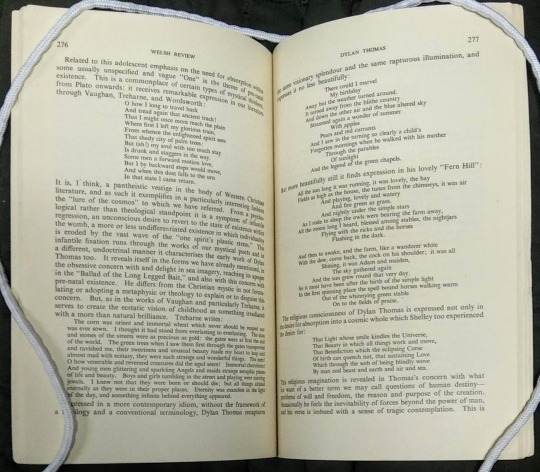
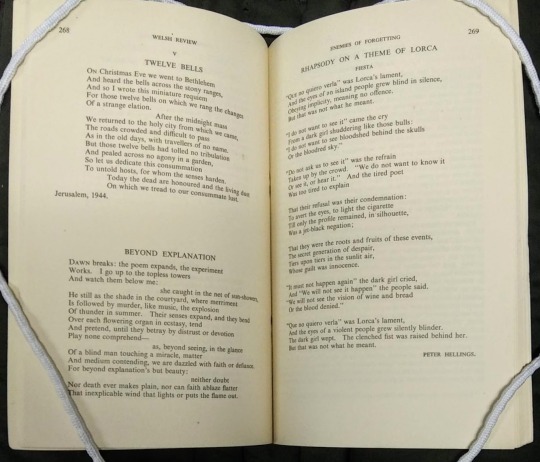

A look through the Winter 1948 issue of the Welsh Review.
Like many little magazines, the Welsh Review served both as a connector for and an expression of a particular literary community--in this case, Anglophone Welsh writers. The writers and editors of the Welsh Review had to struggle with the problem of expressing Welsh literary culture using the language of Wales’ colonizers. In his editorial for the first issue, editor Gwyn Jones defended his decision to publish the work of these writers:
“If they have lost their language they have not lost their nationality, and fiercely resent any suggestion that they have … I have been told the greater the success of the WELSH REVIEW the worse it will be for Wales … the opposite is true. Can any work be more useful to Wales, as things are, than to keep the English-speaking Welshman bound to their homeland? And can it be done better than by fostering and encouraging in what we expect to be a large following an awareness of their Welshness?”
Information and editorial quote from The Oxford Critical and Cultural History of Modernist Magazines. More information about the Little Magazine Collection here.
#wales#welsh writers#literary magazine#little magazines#little magazine#writing#poetry#uwlittlemags#uw madison#libraries#special collections
2 notes
·
View notes
Text
Fire!! - 1926
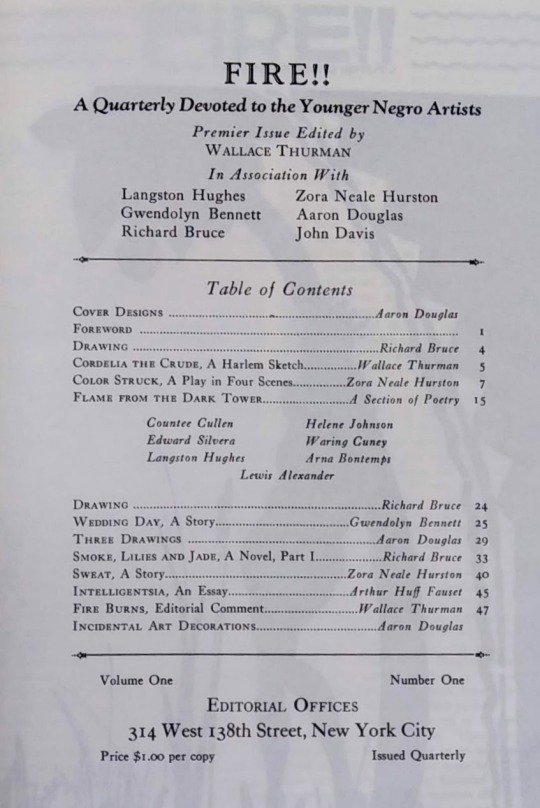
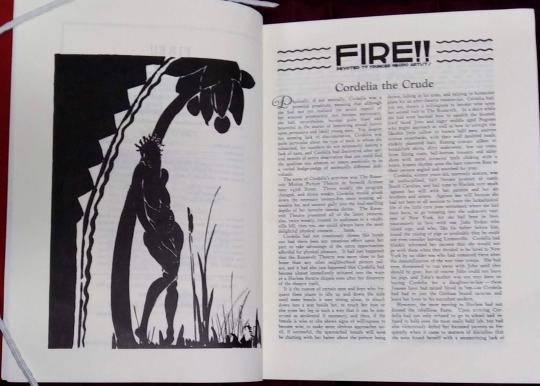


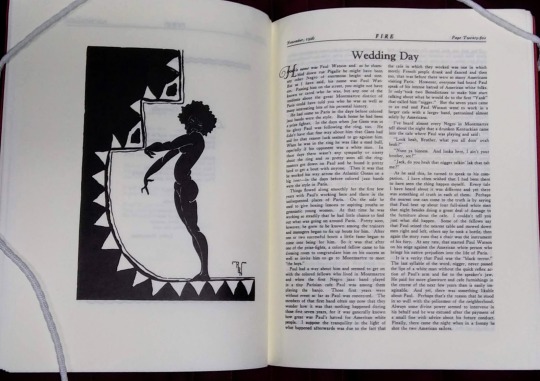
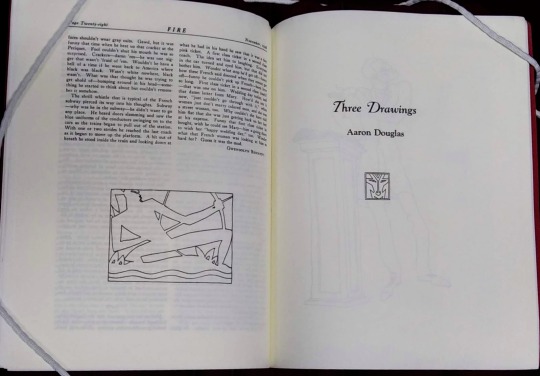


A look through the first and only issue of Fire!!
This literary magazine was edited by leading young artists of the Harlem Renaissance, including Wallace Thurman, Langston Hughes, and Zora Neale Hurston. Aaron Douglas created the distinctive line art that complemented the magazine’s writings.
Fire!! embraced an ethos of uncompromising Black pride and creativity, partly in response to the racist attitudes of mainstream white society, and partly in reaction to the ideals of respectability promoted by older leaders in the Black community.
A basement fire destroyed many of the original copies of this magazine shortly after its publication. The copy held by the Little Magazine Collection is therefore a rare treasure from American history.
#fire!!#harlem renaissance#harlem#wallace thurman#langston hughes#zora neale hurston#aaron douglas#black art#black writers#black creatives#black history#writing#drawing#design#art#magazine#little magazine#uwlittlemags
147 notes
·
View notes
Text
Lesbian Short Fiction


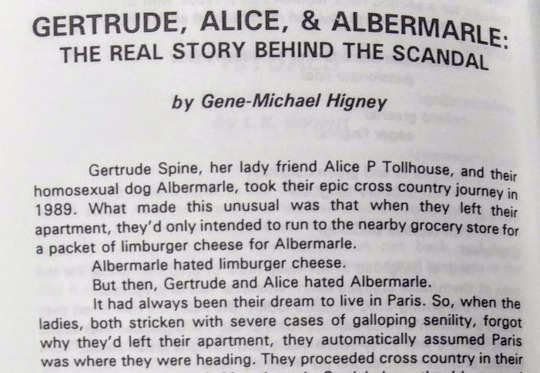

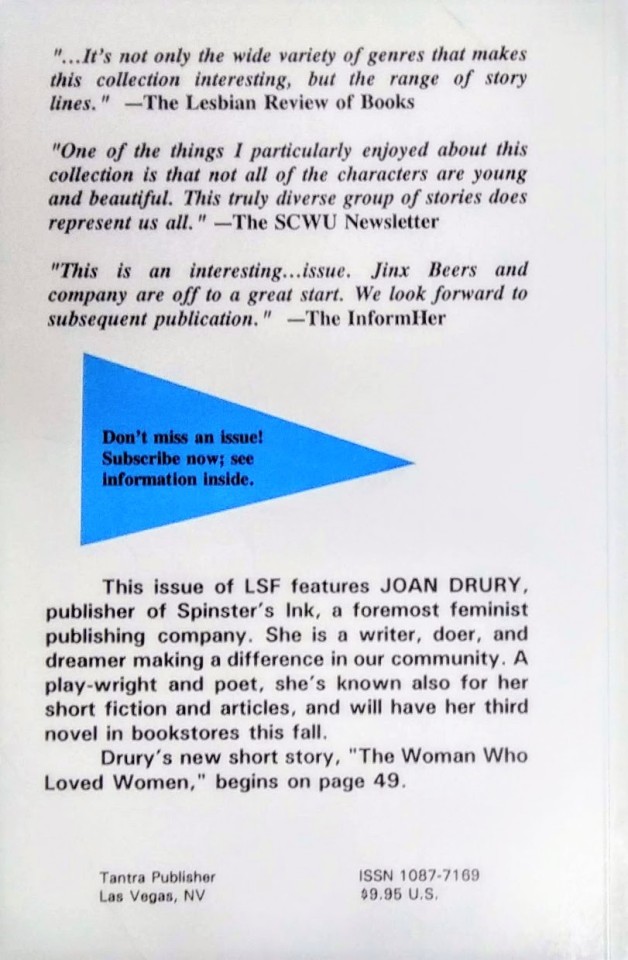
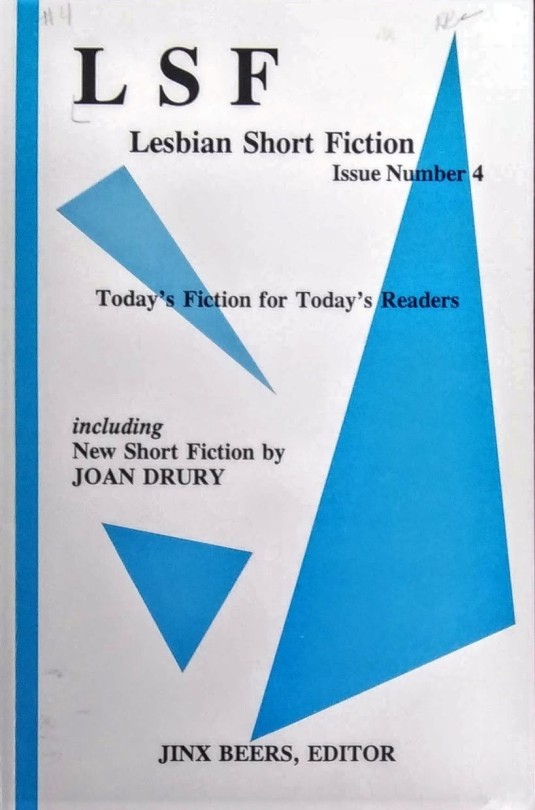
1998 readers of Lesbian Short Fiction, or “LSF”, opened each new issue to find a host of original lesbian stories. In case readers were overwhelmed by the dizzying array of options, editors used an icon system that would help readers quickly locate a science fiction story, a gothic tale, or a work of erotica.
UW Madison’s Little Magazine Collection holds five issues of LSF.
#fiction#short fiction#short story#lesbian#lesbian fiction#lgbtq writing#writing#science fiction#queer scifi#literary magazine#little magazine#uwlittlemags#uw madison#libraries#special collections
53 notes
·
View notes
Text



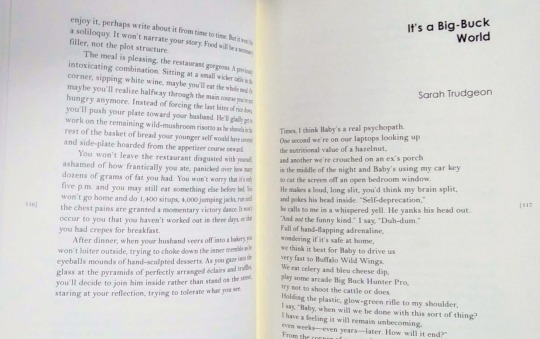

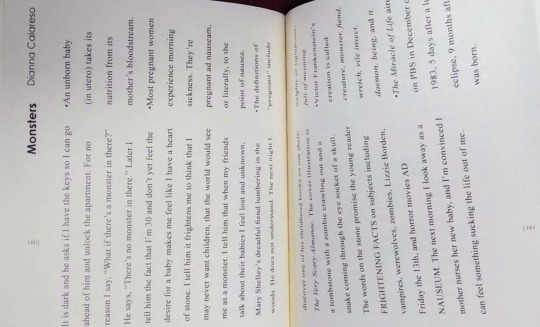


The 20th issue of Quarter After Eight features artwork by Carrie Guss, and writing by R. J. Taylor, Maureen Seaton, and Sarah Trudgeon, among others.
From the Quarter After Eight website: “Quarter After Eight is an annual literary journal devoted to the exploration of innovative writing. We celebrate work that directly challenges the conventions of language, style, voice, or idea in literary forms.”
#quarter after eight#literary magazine#literary journal#writing#poetry#fiction#art#illustration#little magazine#uwlittlemags#uw madison#special collections#libraries
2 notes
·
View notes
Text
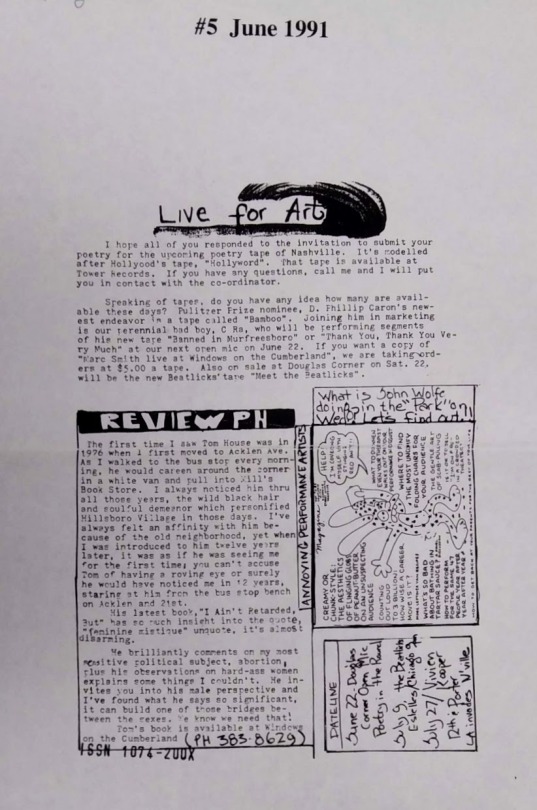
"Live for Art": a challenge from the June 1991 issue of Nashville's Poetry Newsletter.
#art#poetry#writing#newsletter#little magazine#little magazines#uwlittlemags#uw madison#libraries#special collections#diy
7 notes
·
View notes
Text
Laomedon Review

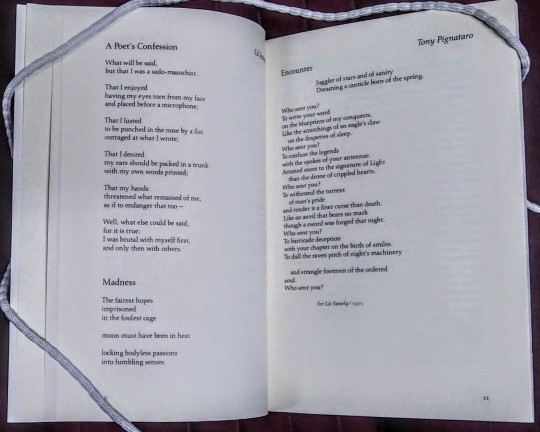

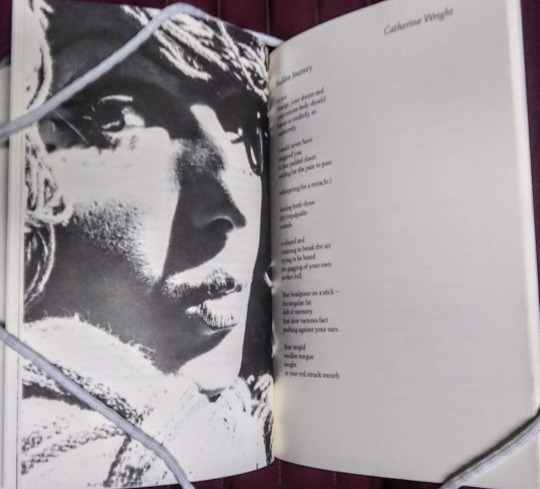


The cover and pages of Laomedon Review, a literary journal that was published at Erindale College (now the University of Toronto Mississauga) from 1975 to 1978.
#poetry#writing#photography#drawing#university of toronto#toronto#design#canadian writers#magazine#literary magazine#little magazine#little magazines#uwlittlemags#uw madison#libraries#special collections
7 notes
·
View notes
Text
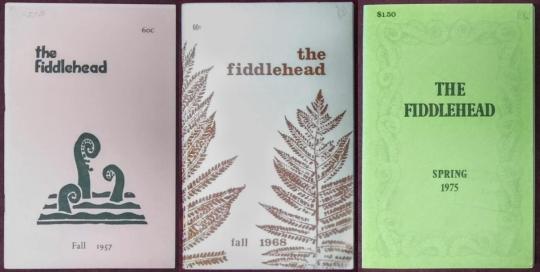
Three early issues of The Fiddlehead, decorated with visual motifs of the fiddlehead fern which gives the magazine its name.
The Fiddlehead is a long-running literary magazine showcasing the best of Canadian poetry, short fiction, and literature reviews, with a particular emphasis on the Atlantic region. Having started out as small mimeographed magazine, The Fiddlehead now produces live readings, YouTube videos, and a podcast in addition to the print magazine.
In the video below, poet Mackenzie Ground reads her poem "berry talk" from the 75th anniversary edition of The Fiddlehead.
youtube
Find The Fiddlehead and other unique publications in UW Madion's Little Magazine Collection.
#writing#canadian writing#literary magazine#poetry#little magazine#little magazines#uwlittlemags#libraries#special collections#the fiddlehead#Youtube
1 note
·
View note
Text
The Lark and the Cow

The famous nonsense poem “The Purple Cow” first appeared in the pages of little magazine The Lark. Gelett Burgess, the humorist and illustrator who wrote “The Purple Cow”, founded the The Lark in San Francisco in 1895.
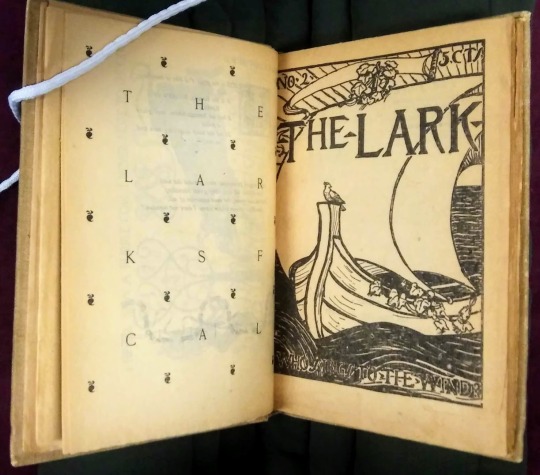
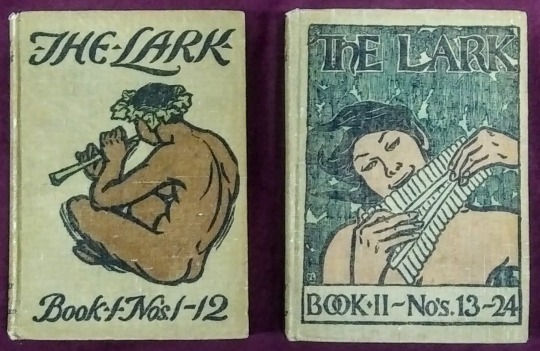
Burgess’ talents as a writer and designer can be glimpsed throughout the pages of The Lark, along with the contributions of other California creatives of the time. However, the notoriety of “The Purple Cow” far eclipsed any other recognition of Burgess’ work, and so he contributed a sarcastic sequel to the last edition of The Lark, warning readers not to remind him of the original poem.

For more information about the Little Magazine Collection at UW Madison, click here.
#purple cow#nonsense#poetry#humor#nonsense poetry#literary magazine#little magazine#uwlittlemags#uw madison#libraries#special collections
3 notes
·
View notes
Text
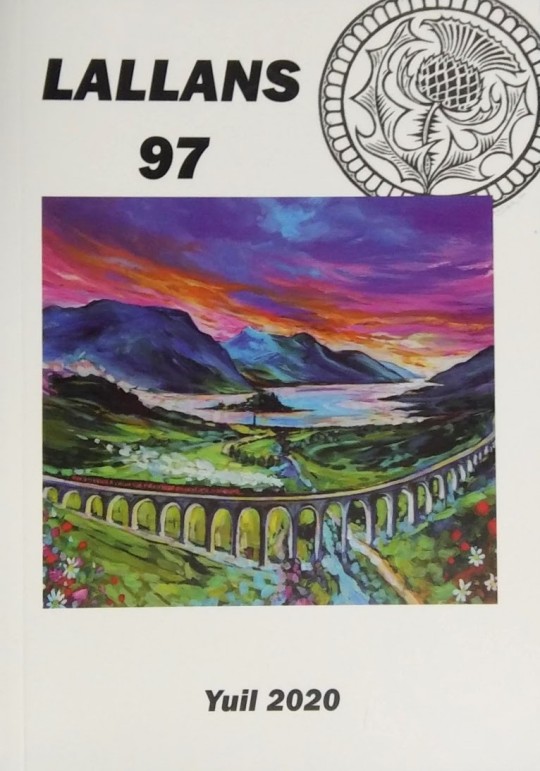

UW’s Little Magazine Collection primarily focuses on English-language publications, but this recent issue of Lallans includes poetry, prose, drama, and book reviews in the Scots language.
Lallans is published by the Scots Language Society, or the Scots Leid Associe (Scots name). From the Society's website: "The Associe furthsets the bi-annual journal Lallans, a 124-page magazine o the best nui screivin in Scots ... thare is nae ither journal 100% in Scots."
More information on our collection here.
#scots#scots language#scottish literature#literary magazine#little magazine#little magazines#uwlittlemags#uw madison#libraries#special collections
3 notes
·
View notes
Text
Brilliant Corners: Jazz in Print



A look through the Winter 2020 issue of Brilliant Corners, "the only national journal to focus on jazz-related literature."
The front cover features a portrait of Bessie Smith, a legendary jazz and blues singer known as "the Empress of the Blues". To hear some of the sounds that inspire Brilliant Corners, watch Bessie Smith's 1929 performance of "St. Louis Blues" in the video below.
youtube
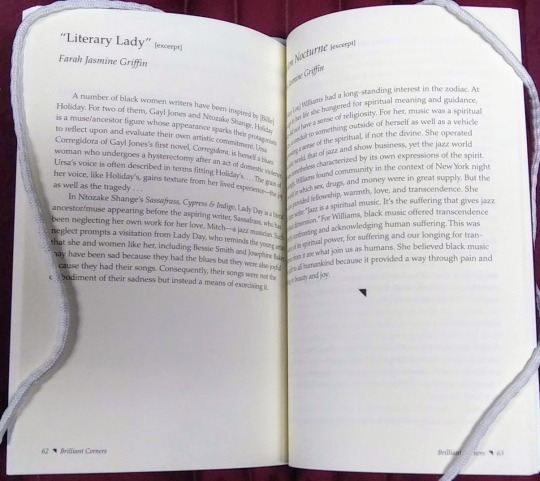

Discover Brilliant Corners and other unique literary journals in UW Madison's Little Magazine Collection: more information here.
#jazz#blues#jazz literature#literary journal#writing#little magazine#little magazines#uwlittlemags#uw madison#libraries#special collections#bessie smith#Youtube
2 notes
·
View notes
Text
Brick


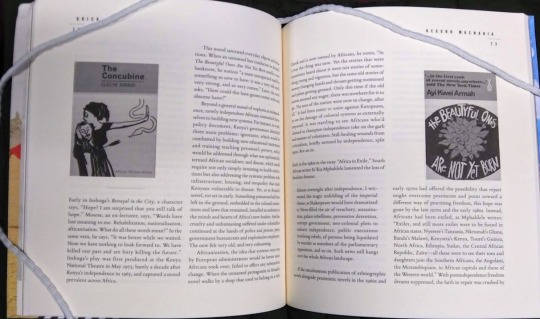


A look through the 106th issue of Brick, a Toronto-based literary journal.
Writer Alice Munro called Brick "an unpredictable, original, yet reliable feast" (from Brick's website). As you turn the pages, you never know what you will find: an insightful interview, a personal essay, a startling photograph, or a lush illustration.
Learn more about our collections here.
#little magazines#little magazine#uwlittlemags#uw madison#libraries#special collections#toronto#art#writing#photography#design
2 notes
·
View notes
Text
Mississippi Mud: Advertisements as Art
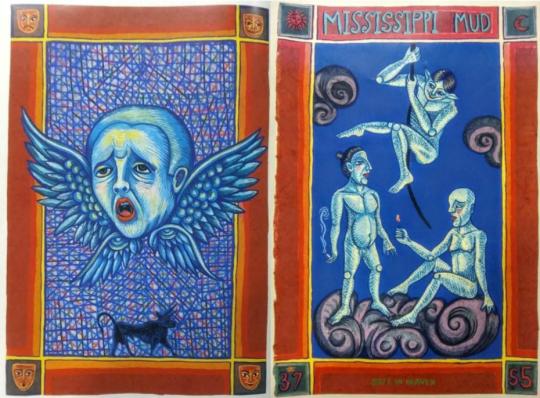
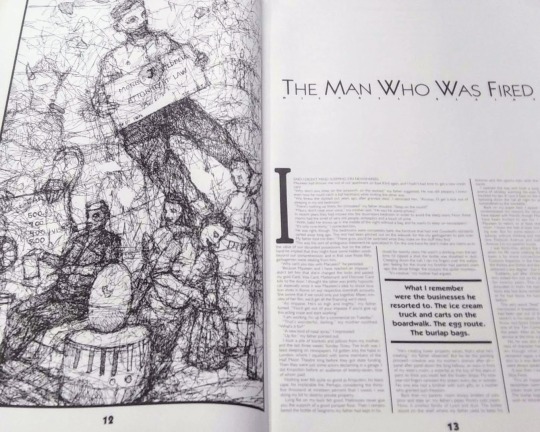


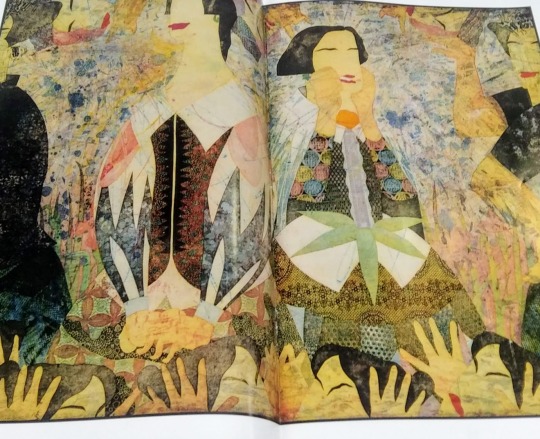


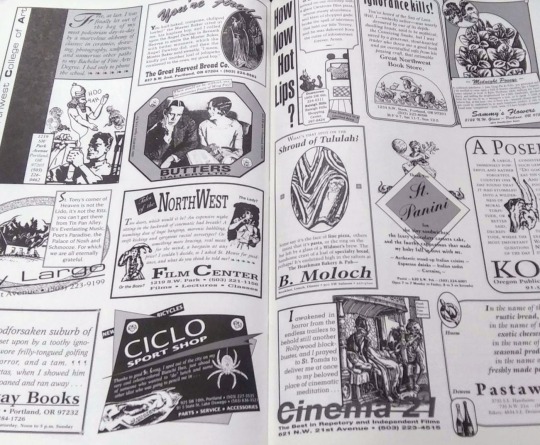
A look inside the pages of Mississippi Mud, an independent magazine of literature and art which was published in Portland, Oregon from 1973 until 1995. “The Mud”, as the publication was nicknamed, was the brainchild of editor, publisher, and distributor Joel Weinstein.
Part of the magazine’s attraction came from the inventive advertisements section (see final image). Local businesses would pay to have their names appear in the magazine, but it was Weinstein himself who would craft the “ads”, pairing each advertiser’s name with vintage illustrations and absurdist slogans. This inclusion of “advertisement as art” helped provide funds to keep the Mud up and running, while preserving the magazine’s exuberant creativity on every page.
Information from the Seattle Times and the Oregonian.
More information about the Little Magazine Collection here.
#magazine#little magazine#uwlittlemags#uw madison#libraries#special collections#literary magazine#design#portland
6 notes
·
View notes